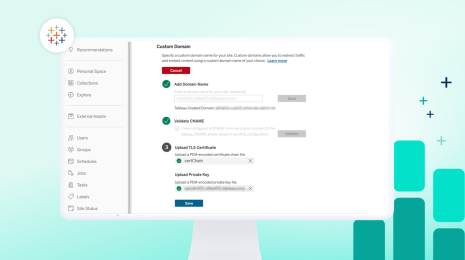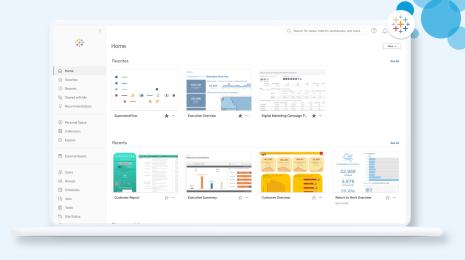What’s driving the move to the cloud?

This piece first appeared in CIO.
Few transformational technologies have generated as much hype and confusion as the cloud. Companies have concerns about security and performance and are nervous about handing control of their infrastructure over to somebody else. That hasn’t stopped the acceleration of cloud adoption, as small organizations and the largest global enterprises alike are increasingly turning to the cloud for some, and sometimes all, of their company’s infrastructure and software.
It’s easy to credit cost as the primary reason for the uptick in cloud adoption because it can be, in fact, cheaper compared to on-premises hardware. While the cloud can be cost-effective as organizations only pay for the resources they use, considering only cost misses three key reasons why companies turn to the cloud — and never look back.
Speed to deployment
Let’s discuss what it would take to put together an end-to-end technology like a CRM solution. A company must start by putting together a task force to research all the possible deployment solutions, purchase the correct hardware to support it, and then hire an entire team to deploy and manage it. When the company grows, it will have to revisit these arduous steps time and time again just to ensure its systems can scale.
With the cloud, companies can start deploying an entire platform CRM, a data warehouse, and even an analytics platform, at nearly the push of a button. They don’t need to spend time configuring hardware, maintaining systems, or upgrading physical servers. This means, without investing a huge amount of time and resources, companies can have faster access to world-class infrastructure, enterprise-class security, and reliable entry to their technology. Companies often commit enormous resources to build multiple redundancies of internal systems in case one fails — something that is easier, and typically free, in the cloud.
Flexibility and scalability
Unpredictability is inherent in business. This makes managing infrastructure increasingly difficult. Companies need teams of people to measure capacity as ordering and deploying additional hardware can be a painfully slow process. The cloud alleviates all these concerns by allowing organizations to scale up and down as their business changes. It also eliminates the need to suddenly acquire additional infrastructure to deal with unpredictable spikes in demand.
Furthermore, the cloud provides flexibility in how companies grow in other ways, including the use of many technologies. With the cloud, companies can select from a variety of options — such as data services, storage options, and operating systems — instead of locking themselves into previously purchased on-premises solutions. If their needs change, swapping services in the cloud is just like starting a new one altogether, all accomplished at the push of a button.
It’s the future
While traditional technology solutions like CRM, marketing automation, and data analytics are moving away from on-premises technologies to the cloud for the two reasons above, the cloud is also where tomorrow’s technologies will be built.
Every day, something new — a data service, an analytics tool, even a storage solution — is built in the cloud and released into the world. As time goes on, companies will become less and less likely to integrate new, cloud-built technologies with existing legacy solutions, which are built on closed platforms, running on inflexible hardware, and sitting behind firewalls.
Companies with their infrastructure and software in the cloud will be ready to embrace and integrate these new innovations, empowering their employees to tackle today’s biggest business challenges.
The cloud is also simultaneously secure and available anywhere — perfect for whether a sales team makes calls from an office or sells pharmaceuticals in a doctor’s office using mobile devices.
Today’s businesses must accelerate innovation, move faster, and become more reliable than ever, making integrating with the cloud now a profound competitive edge for the future.









